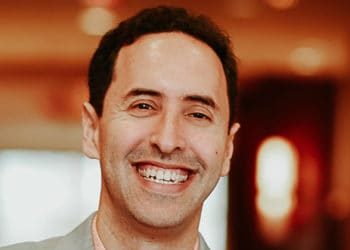ABOUT US
Meet David. Veteran Agency And Tech Leader David Berkowitz Founded Serial Marketer As A Consultancy To Generate Demand For Growth-Mode Technology Firms, Agencies, And Brands.
ABOUT US
David Berkowitz is the principal of Serial Marketer where he generates demand for technology firms and agencies. Prior roles include running marketing for video production marketplace Storyhunter, leading the strategy practice at social listening firm Sysomos, serving as chief marketing officer of Publicis agency MRY, and co-founding the emerging media division of Dentsu agency 360i.

David Berkowitz
CEO
Throughout his career, he has been a trusted advisor to world-class brands such as Apple, Coca-Cola, Estee Lauder, Kraft, Johnson & Johnson, Merck, NBC, Oscar Mayer, Porsche, Smirnoff, and Visa.
He has contributed more than 600 columns to outlets such as Advertising Age, MediaPost, VentureBeat, and Adweek, and he has spoken at 350 events globally. Beyond consulting, he publishes the Serial Marketer Weekly newsletter and runs the Serial Marketers community.
Contact
You’re also welcome to join his Serial Marketers community on Slack. Just visit serialmarketers.net and request access.


